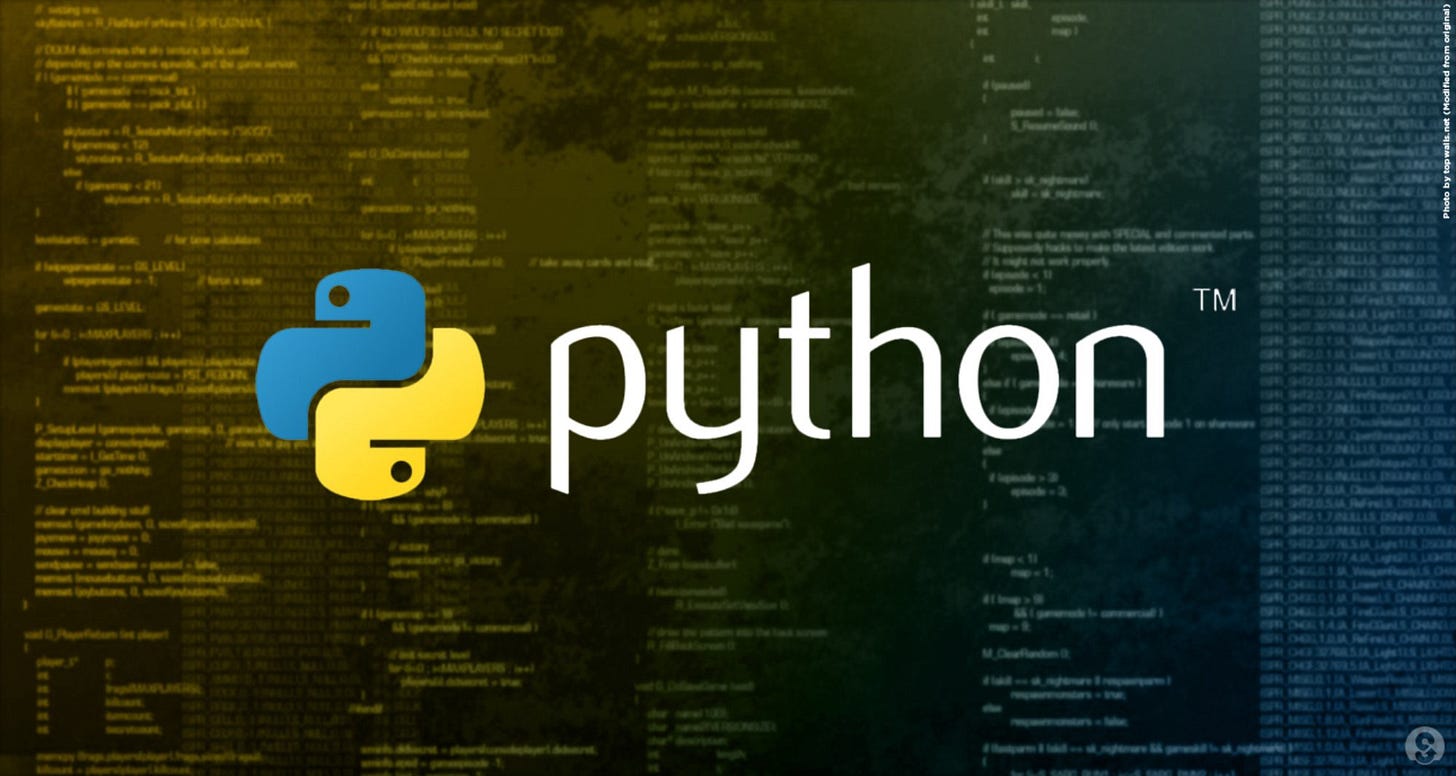30 Reasons to select python over other programming languages?
Select the right programing language if you are starting career in coding.
Python is a high-level, interpreted programming language that is widely used for web development, data science, artificial intelligence, scientific computing, and many other tasks.
It is known for its simple and easy-to-learn syntax, as well as its powerful built-in libraries and frameworks. Python is an interpreted language, meaning that code is executed line by line, rather than being compiled in advance. This allows for rapid development and testing, as well as easy debugging.
Python also supports object-oriented, functional, and procedural programming paradigms, making it a versatile and flexible language. It is open-source and has a large and active community, which provides extensive support and resources for learning and using the language.
Below are the top 30 reasons to select the python over any other programming language.
1. Simple and easy to learn syntax
2. Dynamic typing
3. Interpreted language
4. Cross-platform compatibility
5. Large standard library
6. Object-oriented programming
7. Support for functional and procedural programming
8. Automatic memory management
9. Large community and extensive support
10. Extensible and embeddable in other languages
11. Support for modules and packages, allowing for code reuse and modularity
12. High-level built-in data structures, such as lists, dictionaries, and sets
13. Support for exception handling
14. Support for multiple programming paradigms, such as functional and object-oriented
15. Support for automatic garbage collection
16. Support for interactive mode and interactive shell
17. Support for extensions and modules written in other languages, such as C and C++.
18. Large selection of third-party libraries and frameworks, such as NumPy, Pandas, and Django
19. Good readability and support for documentation through docstrings
20. Support for coroutines and asynchrony through the asyncio library
21. Strong support for testing and debugging through tools.
22. Support for parallel and concurrent programming through libraries such as concurrent futures and multiprocessing
23. Support for functional programming through features such as list comprehensions and lambda functions
24. Support for metaprogramming through decorators and metaclasses
25. Support for type hints and type annotations through the typing module
26. Support for data science and scientific computing through libraries such as NumPy and SciPy
27. Support for web development through frameworks such as Flask and Django
28. Support for data visualization through libraries such as Matplotlib and Seaborn
29. Support for machine learning and artificial intelligence through libraries such as scikit-learn and TensorFlow
30. High-performance through the ability to be used with Cython and other performance-enhancing tools.


